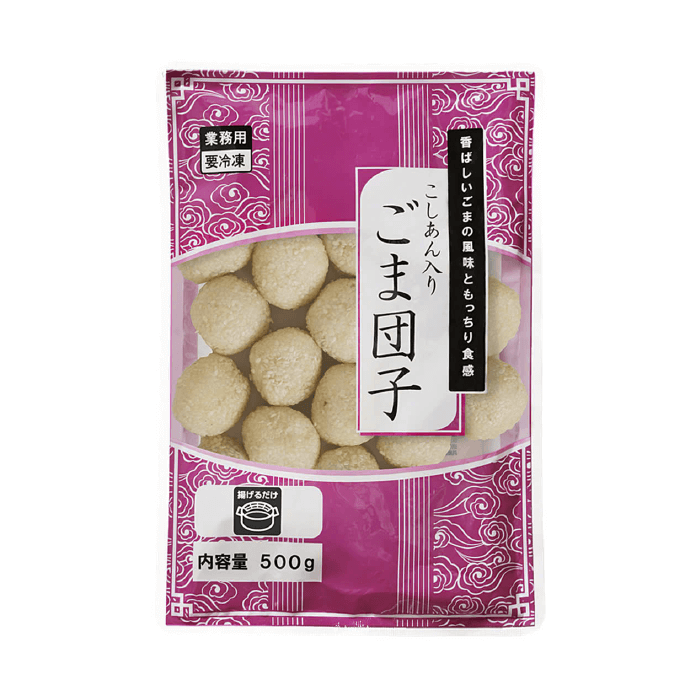Impressing with its milky white, rich broth and chewy noodles, Tonkotsu Ramen is a favorite dish among many Japanese food enthusiasts. Despite its complex flavors, this Ramen dish can still be prepared quickly and easily at home. Let Kamereo guide you through the authentic Tonkotsu Ramen recipe in the article below!
⛩ This article belongs to the JAPANESE FOOD CULTURE series
This is a series of articles sharing interesting knowledge about the culture, dishes, and authentic recipes of the Land of the Rising Sun.
What is Tonkotsu Ramen?
Tonkotsu Ramen is a noodle dish famous for its rich broth, simmered from pork bones for many hours to create a creamy and flavorful texture. The distinctive flavor is a sweet broth from bone marrow, rich and fragrant, often combined with straight, thin noodles and toppings like chashu pork, wood ear mushrooms, and scallions.
This noodle dish originates from Fukuoka Prefecture, Japan. The name “Tonkotsu” in Japanese means “pork bone,” reflecting the main ingredient used to create the creamy and flavorful broth of the dish.
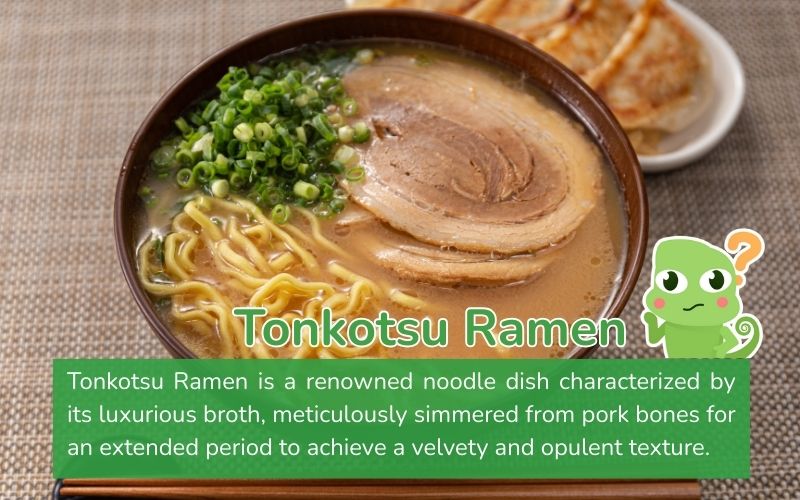
Traditional Tonkotsu Ramen Recipe
Below is a detailed process for cooking authentic traditional Tonkotsu Ramen, from ingredient preparation to completion:
Ingredients
- Ramen noodles: 150g
- Pork: 112g
- Pork belly (pre-cooked): 400g
- Scallions: 3 sprigs
- Wood ear mushrooms: 200g
- Soft-boiled egg: 1 egg
- Bean sprouts: 100g
- Chicken broth: 480 ml
- Dashi broth: 480 ml
- Shoyu soy sauce: 3 tablespoons
- Unsweetened soy milk: 480 ml
- Minced garlic: 1/4 teaspoon

Buy high-quality, authentic Japanese Tonkotsu Ramen ingredients at Kamereo:

Akamaru Shinaji Ramen from Ippudo (Frozen)
105,000đ/PACK

Shiromaru Motoaji Ramen from Ippudo (Frozen)
105,000đ/PACK

Gluten Free Ramen Noodles
100,000đ/PACK

CP Frozen Pork Belly 1kg Package
163,000đ/PACK
187,000đ/PACK
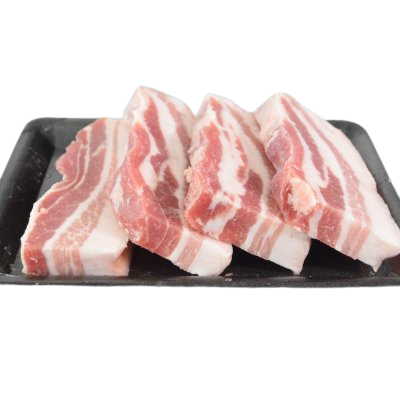
Frozen Pork Belly 450g-550g (Cut 2mm)
82,000đ/PACK

Green Onion Da Lat
35,000đ/KILOGRAM
45,500đ/KILOGRAM
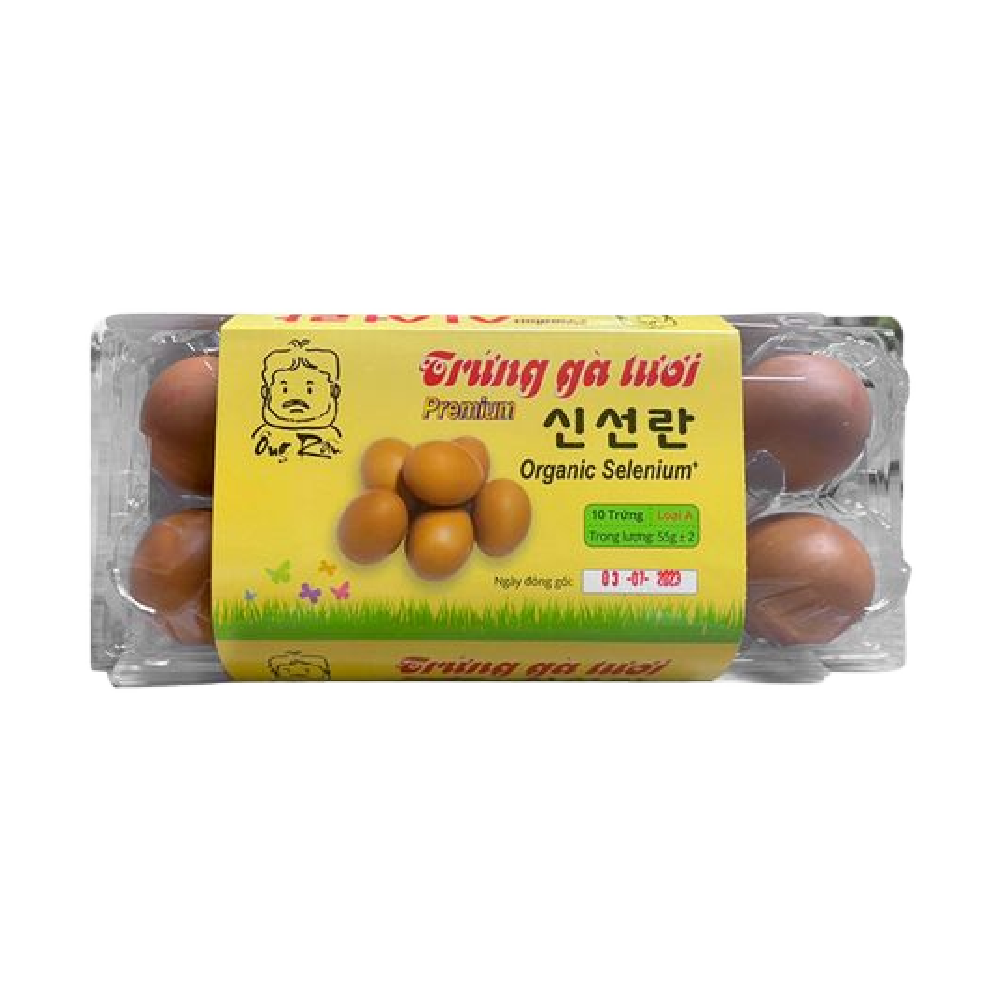
GFoods Chicken Egg 55g 10 Eggs/ Box
25,000đ/BOX
30,500đ/BOX
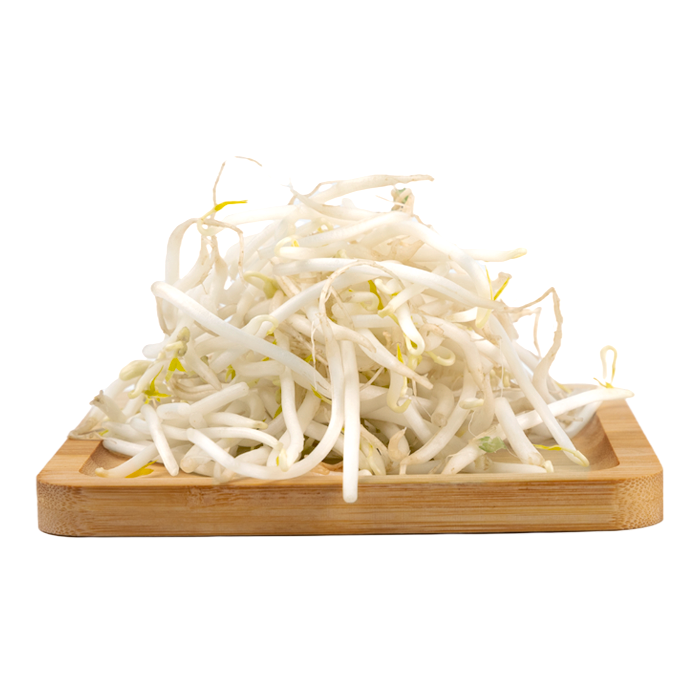
Bean Sprout
11,000đ/KILOGRAM
14,500đ/KILOGRAM

Japanese Premium Happo Dashi 1kg
259,000đ/PACK
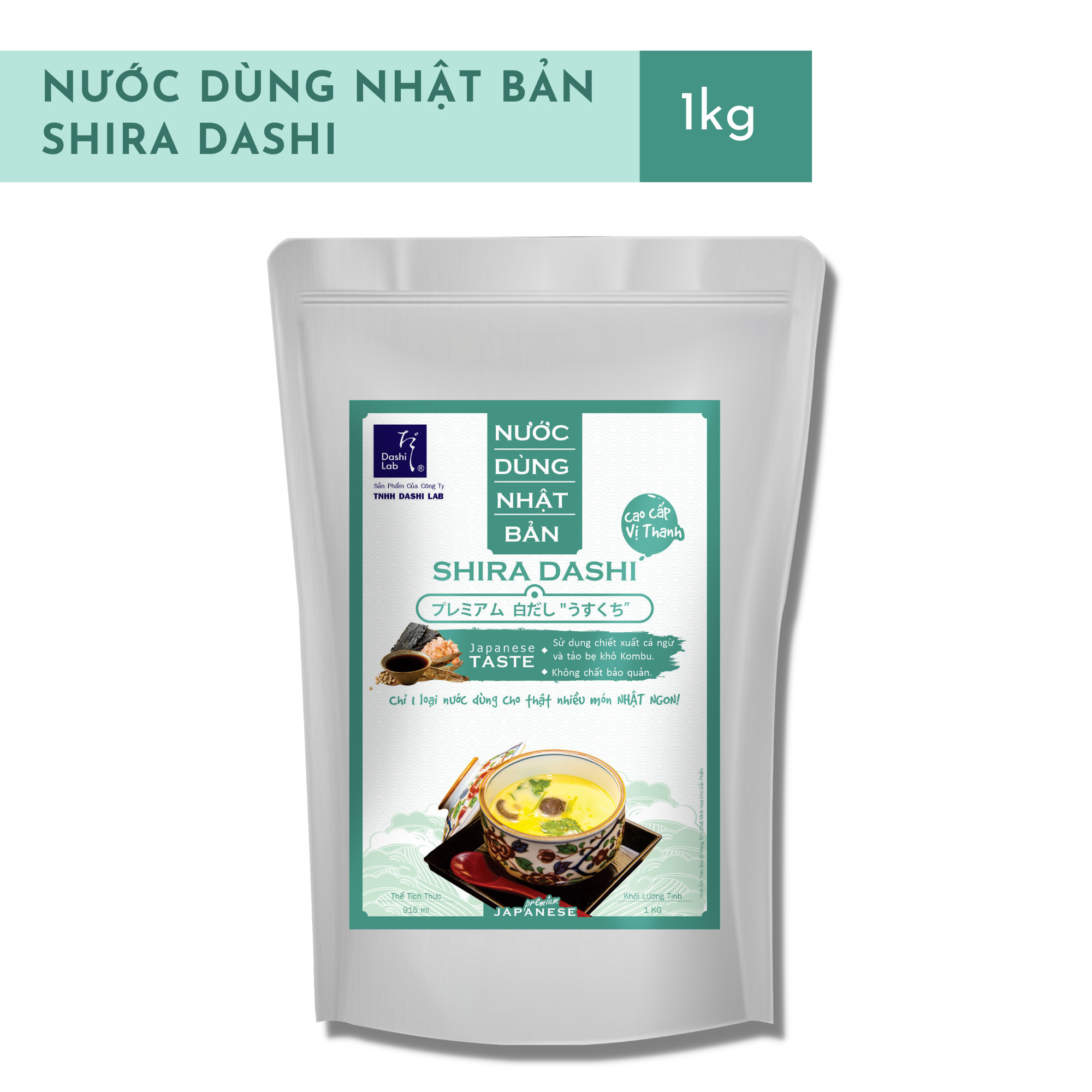
Japanese Premium Shira Dashi 1kg
329,000đ/PACK
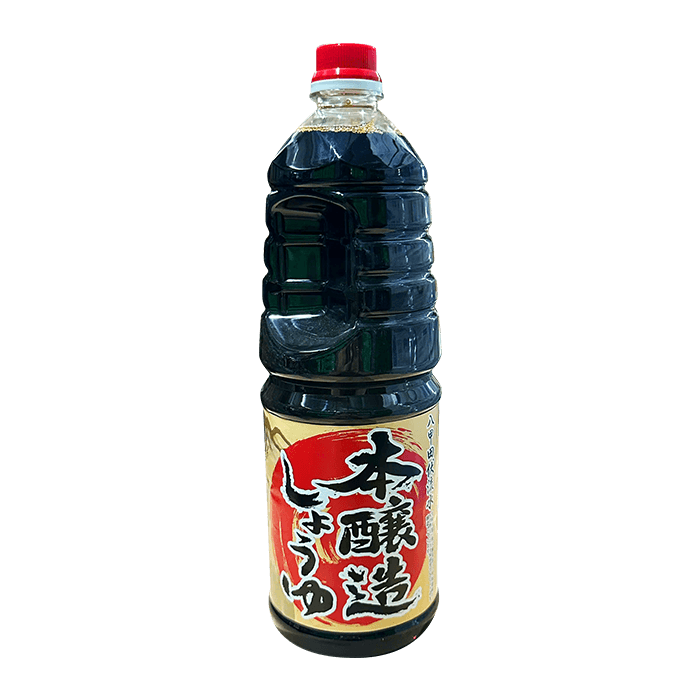
Kobe Bussan Soy Sauce 1.8L
80,000đ/BOTTLE
Instructions
To prepare delicious traditional Tonkotsu Ramen, follow these steps:
Step 1: Prepare the ingredients
- Scallions: Remove the roots, wash, drain, and chop finely.
- Wood ear mushrooms: Soak in water for about 30 minutes until softened, drain, and chop.
- Pork belly: Cut into bite-sized rounds after being cooked, then torch to fully cook and create a distinctive aroma.
- Eggs: Soft-boil, peel, and halve.
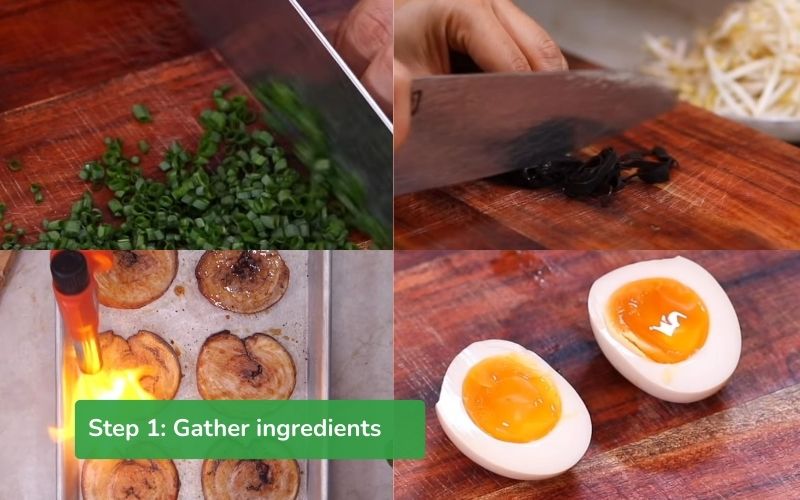
Step 2: Boil and blend the pork
- Place 112g of pork in a pot, add water to cover, and boil for about 5-7 minutes.
- Remove the pork, let it cool, and cut into bite-sized pieces.
- Place the boiled pork in a blender with 480ml of chicken broth and blend until smooth. This mixture will create the creamy texture and distinctive flavor of the broth.
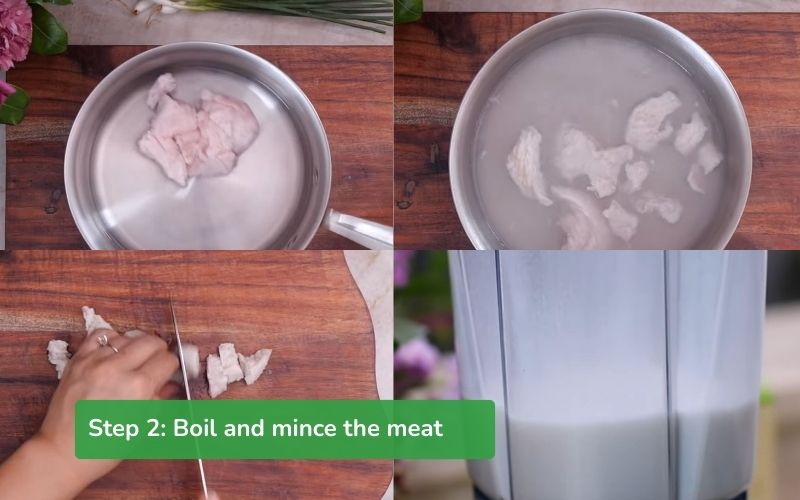
Step 3: Cook the broth
- Pour the blended pork mixture into a pot with 480ml of dashi broth and 480ml of unsweetened soy milk.
- Place the pot on the stove over medium heat and bring to a boil. Stir well to combine the ingredients.

Step 4: Blanch the ingredients
- Boil 500ml of water in another pot.
- Briefly blanch the bean sprouts for 1-2 minutes, then remove immediately to keep them crisp.
- Add the wood ear mushrooms and boil for 1-2 minutes, then remove.
- Finally, blanch the ramen noodles for about 2 minutes, then remove and let cool. The blanching time can be adjusted depending on the type of noodles.

Step 5: Assemble
- Add 3 tablespoons of shoyu soy sauce and 4 ladles of broth to a bowl.
- Add the cooked ramen noodles to the bowl.
- Arrange the bean sprouts, wood ear mushrooms, scallions, 1/4 teaspoon of minced garlic, pork belly, and halved soft-boiled egg on top.

Tonkotsu Ramen with Bacon Recipe
To prepare delicious Tonkotsu Ramen with a unique bacon twist, explore the detailed recipe below:
Ingredients
- Spaghetti: 200g
- Bacon: 300g
- Dashi broth: 400 ml
- Whipping cream: 200 ml
- Soy milk: 400 ml
- Baby corn: 1 ear
- Chopped scallions: 3 tablespoons
- Baking soda: 1 tablespoon
- Honey: 1 tablespoon
- Soy sauce: 5 tablespoons
- Cooking oil: 2 tablespoons
- Salt: 1 teaspoon
- Chicken seasoning: 1 tablespoon

Buy high-quality Tonkotsu Ramen with bacon ingredients at Kamereo:
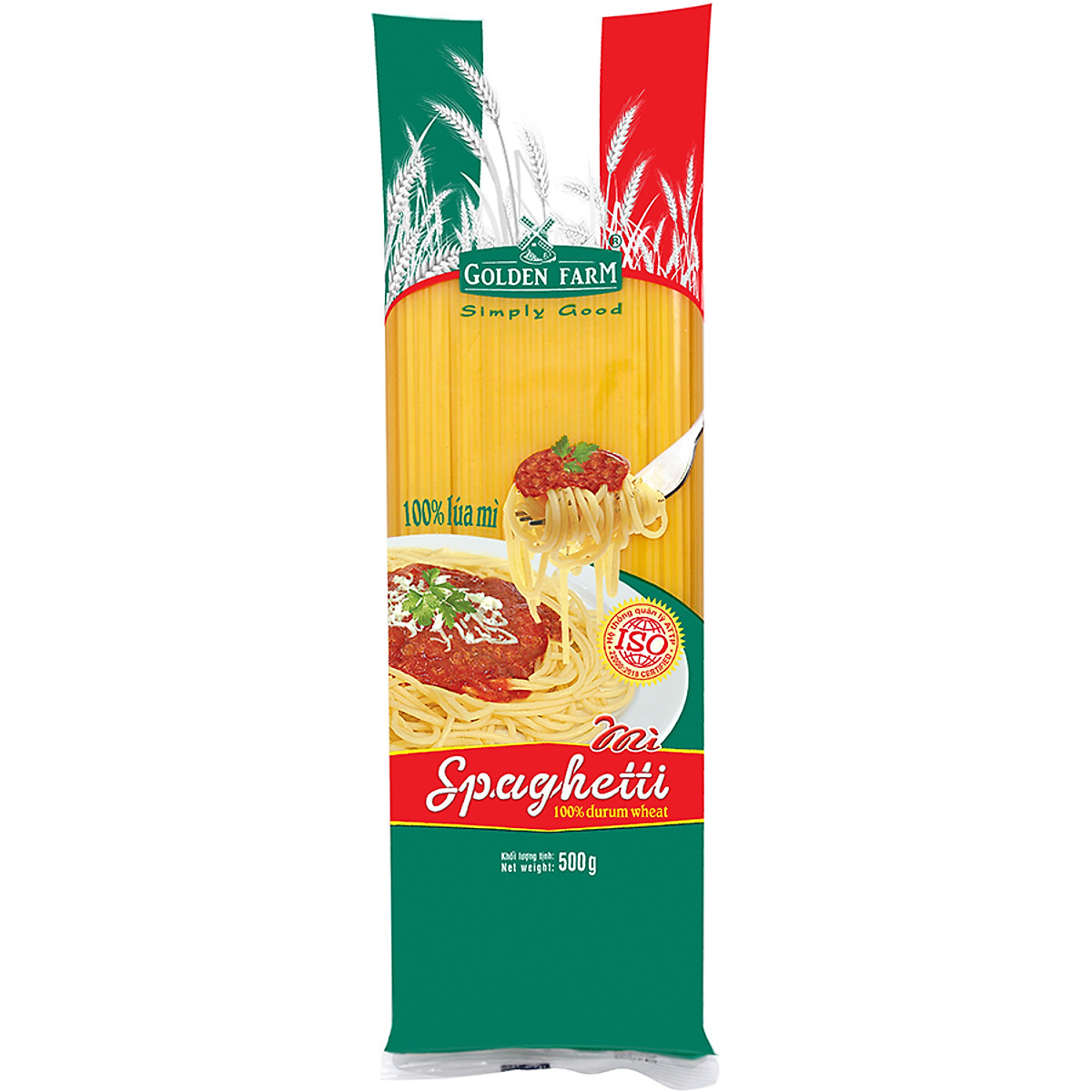
Golden Farm Spaghetti Pasta 500g
30,000đ/PACK
36,500đ/PACK
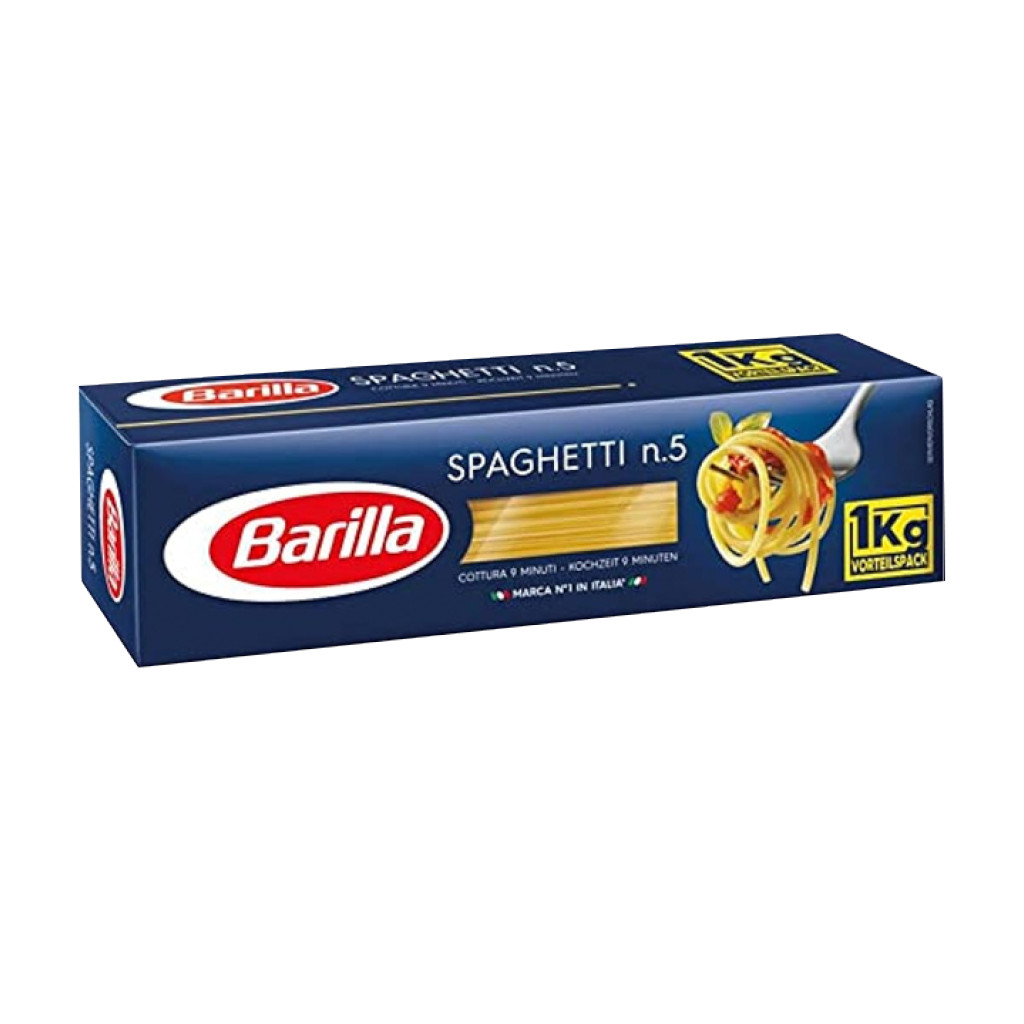
Barilla Spaghetti Pasta No 5 1kg
79,000đ/PACK
93,000đ/PACK
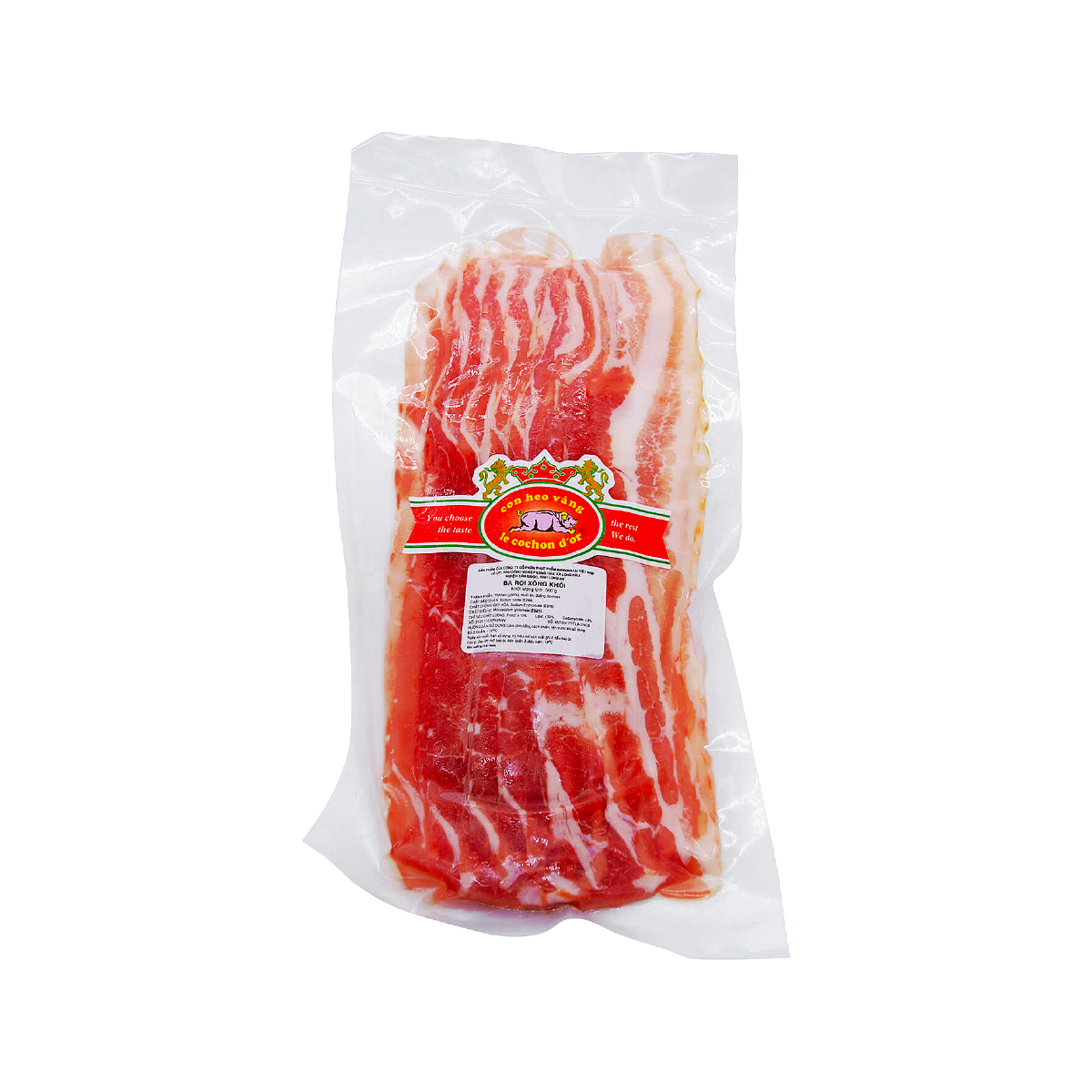
NH Foods Frozen Smoked Bacon 1kg
195,000đ/PACK
250,500đ/PACK

NH Foods Smoked Bacon 200g
56,000đ/PACK
71,500đ/PACK

Japanese Premium Happo Dashi 1kg
259,000đ/PACK

Japanese Premium Shira Dashi 1kg
329,000đ/PACK
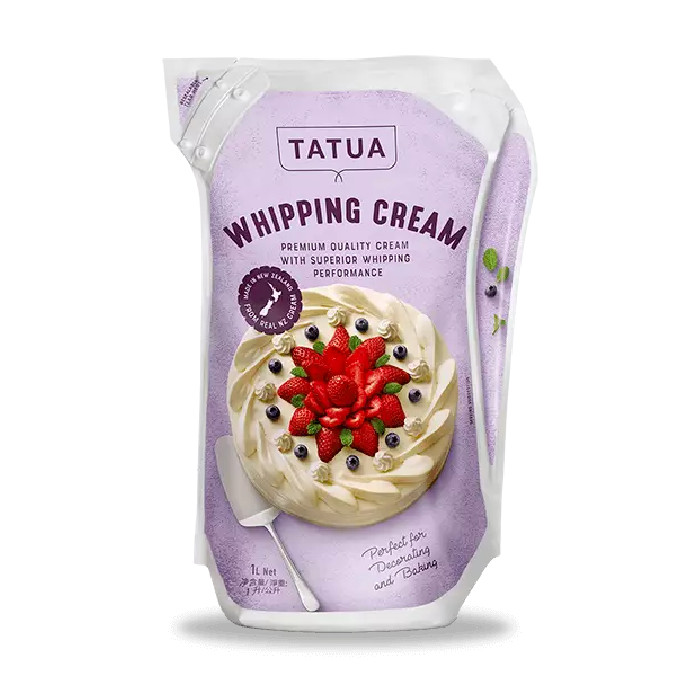
Tatua Whipping Cream 36% 1L
155,000đ/PACK
184,000đ/PACK

SuperSoy Soymilk - Sugar 1L
25,000đ/BOX
![[Carton] SuperSoy Soymilk - Sugar 1L x 12 Boxes](https://images-handler.kamereo.vn/eyJidWNrZXQiOiJpbWFnZS1oYW5kbGVyLXByb2QiLCJrZXkiOiJzdXBwbGllci82NTQvUFJPRFVDVF9JTUFHRS9lYTU3MDhiMy05MmMyLTRhYzItYjQ1OC03MWE2ZTJlZGJjYmMuanBnIn0=)
[Carton] SuperSoy Soymilk - Sugar 1L x 12 Boxes
289,000đ/CASE

Green Onion South
45,000đ/KILOGRAM
Green Onion Da Lat 100g
6,000đ/PACK

Arm & Hammer Pure Baking Soda Powder 454g
32,000đ/BOX

Phuong Di Nature Honey 500ml
99,000đ/BOTTLE

BeHoney Forest Honey 1.5kg
185,000đ/BOTTLE

Kobe Bussan Soy Sauce 1.8L
80,000đ/BOTTLE
Instructions
Here are the steps to cook unique bacon chashu Tonkotsu Ramen at home:
Step 1: Prepare the bacon chashu
- First, heat a pan and add about 2 tablespoons of cooking oil.
- When the oil is hot, fry the bacon until browned on both sides.
- Next, add 3 tablespoons of soy sauce and 1 tablespoon of honey to the pan.
- Finally, continue cooking for about 3 more minutes, then turn off the heat and remove the bacon.
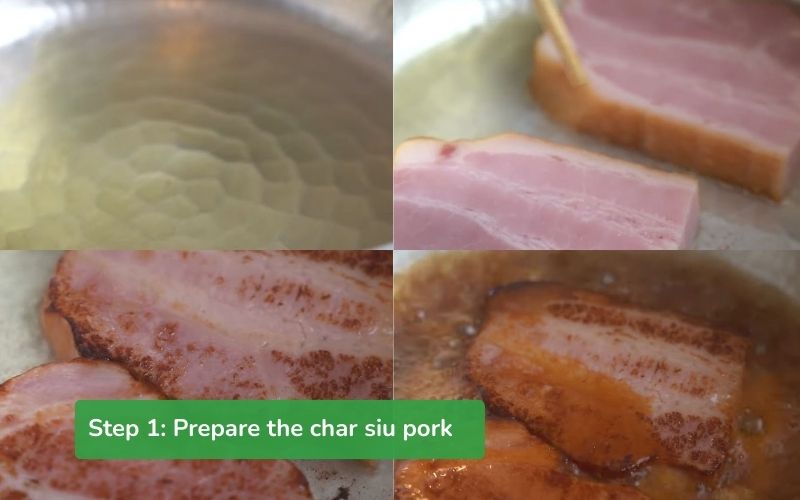
Step 2: Cook the Tonkotsu broth
- Heat a pot and add 400ml of dashi broth, 400ml of soy milk, and 200ml of whipping cream.
- Then, add 1 tablespoon of chicken seasoning and 2 tablespoons of soy sauce to the pot.
- Stir all the ingredients and bring the broth to a boil over medium heat.
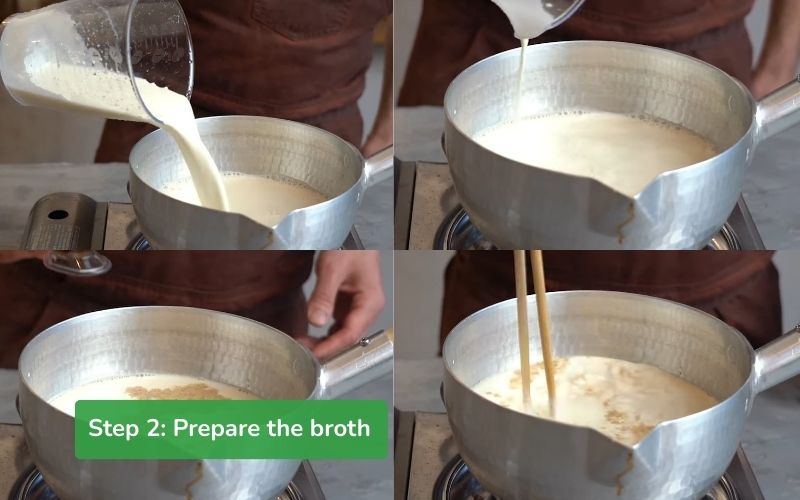
Step 3: Blanch the noodles
- Heat another pot and boil 500ml of water.
- When the water boils, add 1 teaspoon of salt and 1 tablespoon of baking soda, then wait for the water to boil again.
- Then, briefly blanch the spaghetti for about 2 minutes and remove.

Step 4: Assemble the dish
- Add the blanched noodles to a bowl.
- Next, pour the cooked Tonkotsu broth into the bowl.
- Finally, add the cooked bacon chashu, scallions, and a baby corn on top for decoration and enjoy.

How to cook Tonkotsu Ramen with bone broth
To create a rich and authentic bowl of Tonkotsu Ramen yourself, you can refer to and follow the step-by-step instructions below:
Ingredients
- Ramen noodles: 400g
- Pork bones: 2 kg
- Chicken feet: 1 kg
- Katsuobushi (dried bonito flakes): 20g
- Niboshi (dried sardines): 46g
- Kombu (kelp): 20g
- Shiitake mushrooms, halved: 100g
- Wood ear mushrooms: 100g
- Whiskey: 90 ml
- Sliced ginger: 15g
- Onion: 1
- Carrot: 1
- Potato: 1
- Garlic: 3 cloves
- Green onions: 3 sprigs
- Lemon zest: a little
- Shoyu soy sauce: 550 ml
- Mirin: 110 ml
- Sake: 110 ml
- Fish powder: 1 teaspoon
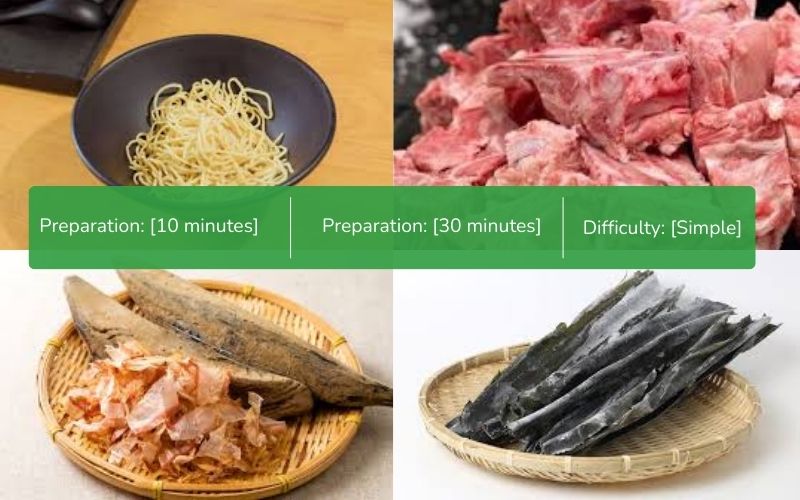
Purchase ingredients for Tonkotsu Ramen from pork bone broth at great prices at Kamereo:

Akamaru Shinaji Ramen from Ippudo (Frozen)
105,000đ/PACK

Shiromaru Motoaji Ramen from Ippudo (Frozen)
105,000đ/PACK

Gluten Free Ramen Noodles
100,000đ/PACK
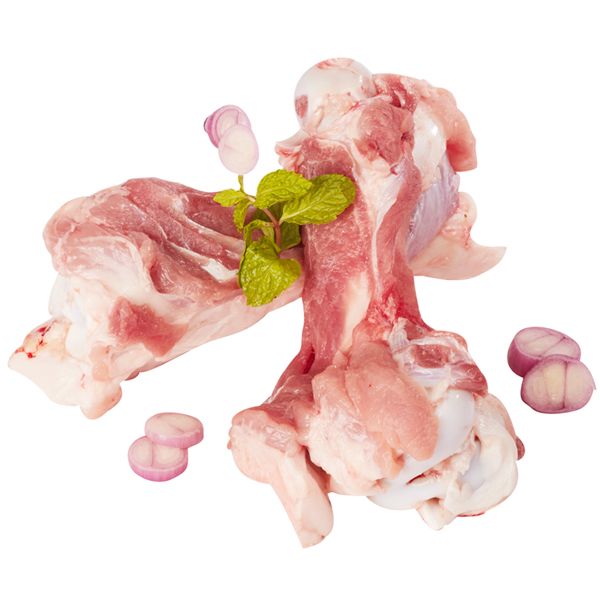
CP Frozen Pork Leg Bone 1kg Package
75,000đ/PACK
94,500đ/PACK

CP Frozen Pork Riblet 1kg Package
149,000đ/PACK

Koyu Frozen Chicken Feet 1kg
85,000đ/PACK
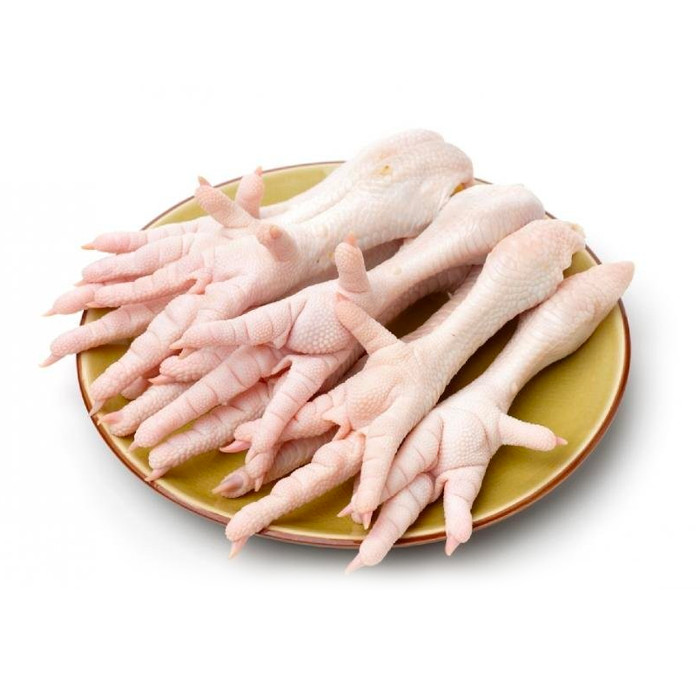
Koyu Fresh Chicken Feet 1kg
85,000đ/PACK
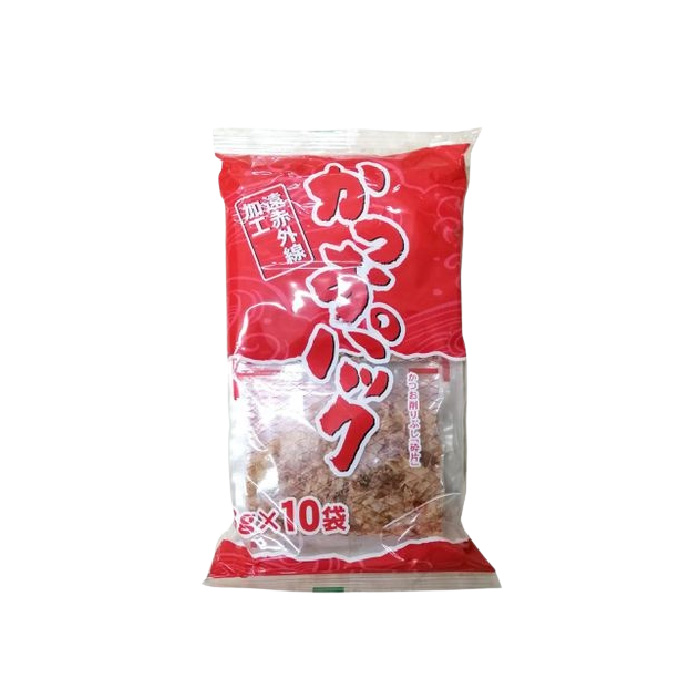
Dried Bonito Flakes 3g x 10 Packs
66,000đ/PACK
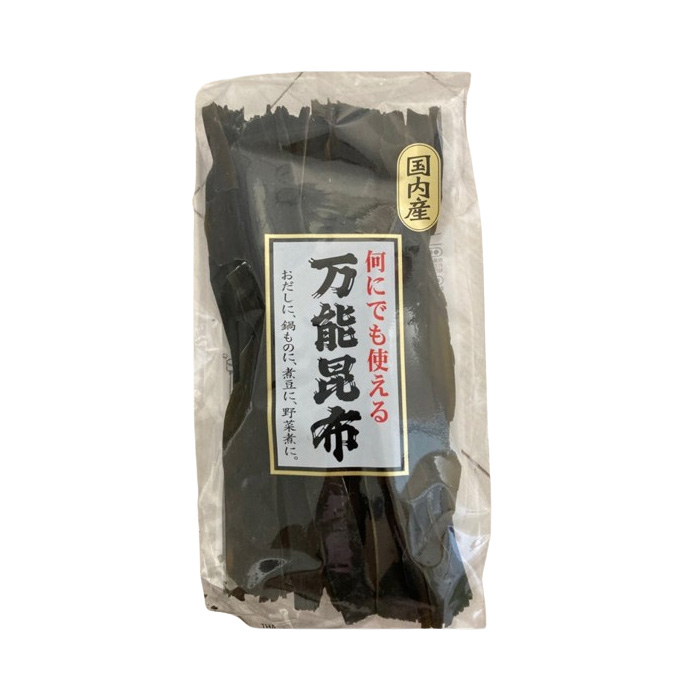
Kombu Dried Kelp 110g
120,000đ/PACK
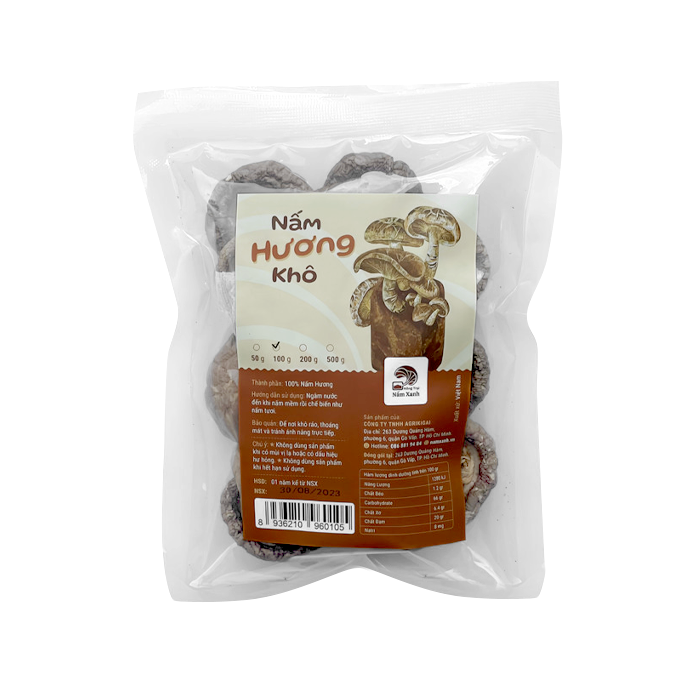
Dried Shiitake Mushroom 100g
39,000đ/PACK
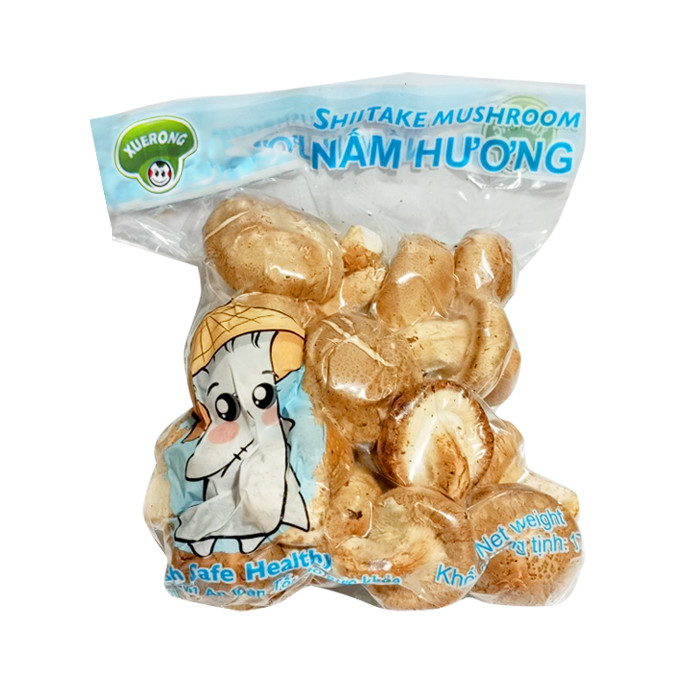
Fresh Shiitake Mushroom 175g
29,000đ/PACK
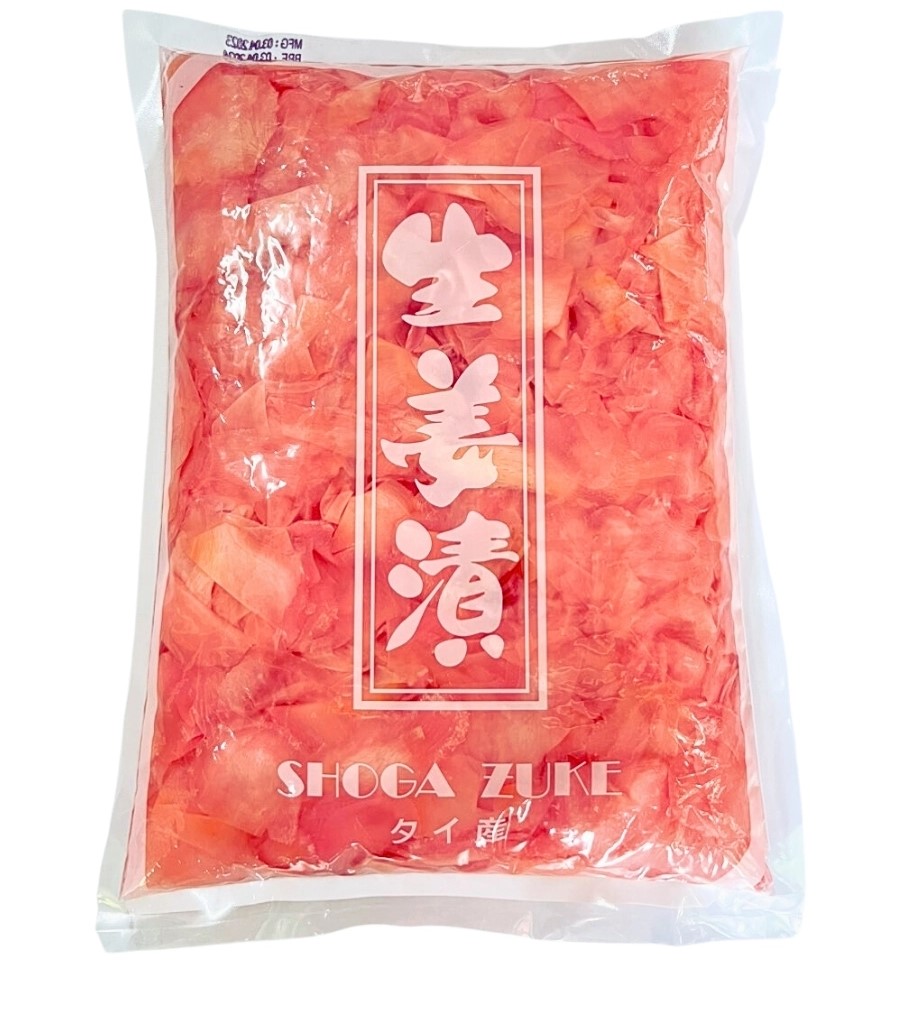
Pickled Sliced Pink Ginger 1.5kg
115,000đ/PACK
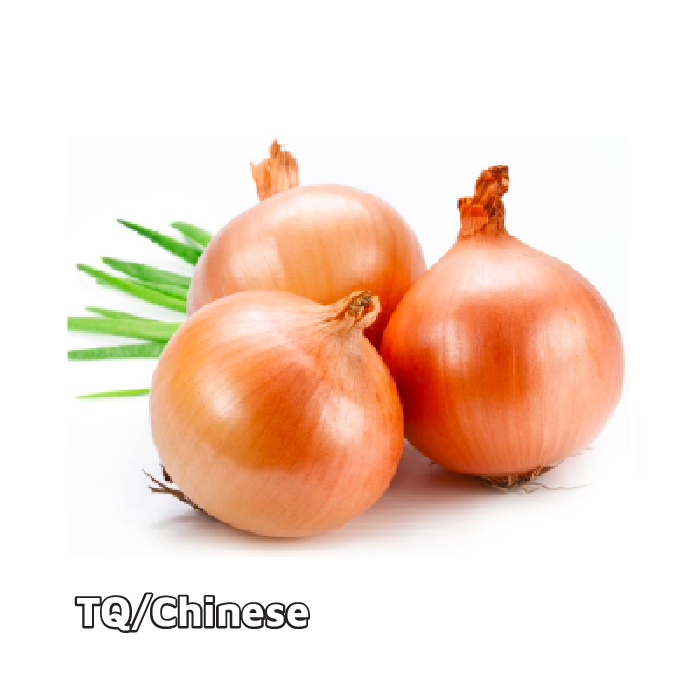
Onion Big Size
18,000đ/KILOGRAM
22,000đ/KILOGRAM

Carrot Da Lat
22,000đ/KILOGRAM
26,000đ/KILOGRAM

Potato Big Size
19,000đ/KILOGRAM
21,000đ/KILOGRAM

Baby Potato Da Lat
29,000đ/KILOGRAM
37,500đ/KILOGRAM
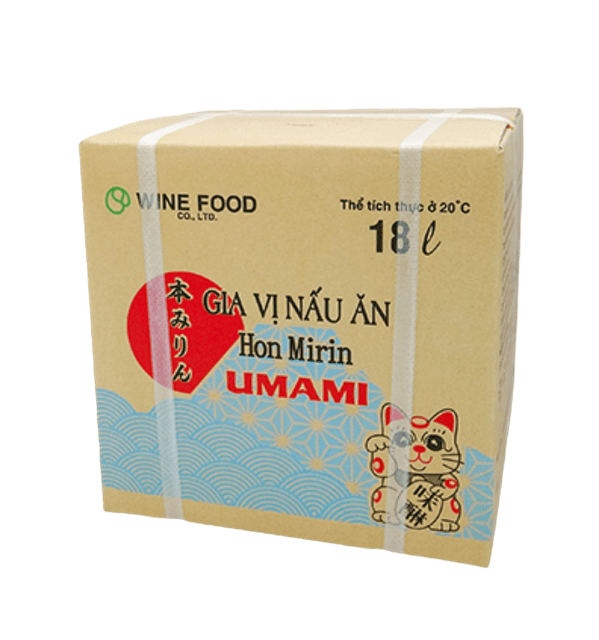
Hon Mirin Umami 18L
899,000đ/CASE

Hon Mirin Umami 880ml
69,000đ/BOTTLE
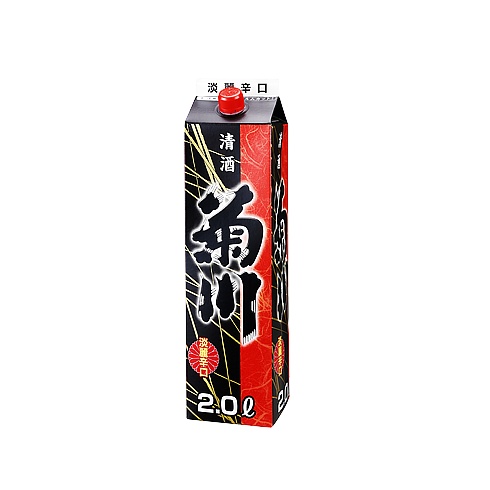
Kikukawa Sake (14%~15% ABV) 2L
330,000đ/BOX
Instructions
Here are the detailed steps you need to take when preparing delicious Tonkotsu ramen with rich bone broth at home:
Step 1: Prepare the ingredients
- Pork bones:
- Wash the pork bones thoroughly under running water.
- Place the pork bones in a pot, add water to cover, and blanch for about 30 minutes to remove impurities.
- Remove the pork bones and rinse thoroughly with cold water, then drain completely.
- Chicken feet:
- Wash the chicken feet with diluted salt water to remove any odor.
- Rinse the chicken feet again with clean water and drain.
- Especially note to remove all the toenails before proceeding to the next steps.
- Onion: Peel, wash, and cut in half.
- Green onions: Remove the roots, wash, and cut about 2 sprigs of green onions into 1.5-finger-length pieces to simmer with the bones. Chop the remaining green onions for garnish when the dish is finished.
- Carrot and potato: Wash and cut into bite-sized pieces.
- Garlic: Peel and cut in half.
- Dried bonito flakes: Grind 10g of katsuobushi into powder to enhance the umami flavor of the broth.
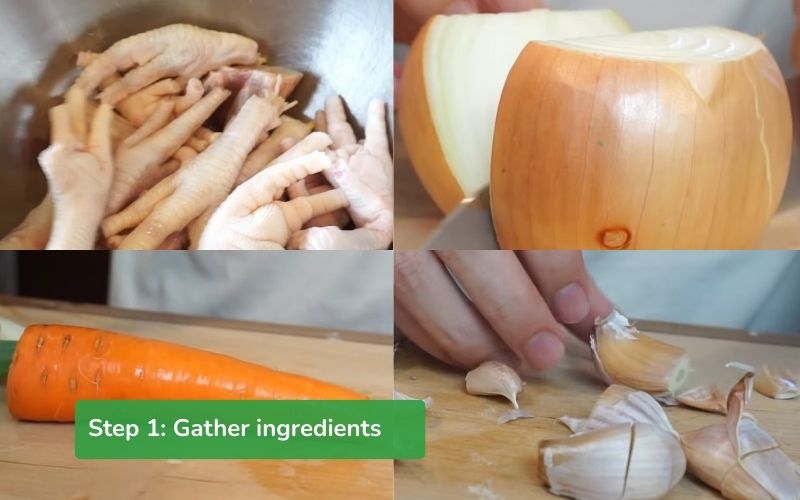
Step 2: Simmer the bones
- Place the prepared pork bones and chicken feet into a pressure cooker.
- Add water to the pot to completely cover the bones.
- Close the pressure cooker lid and simmer for 1 hour at high pressure.
- After 1 hour, carefully open the lid, stir gently, then close the lid and continue simmering for another hour.
- After the second hour of simmering, open the lid and add the halved onion, chopped green onions, halved garlic, and the cut potatoes and carrots to the pot.
- Continue to simmer for another hour to allow the vegetables to release their natural sweetness into the broth.

Step 3: Strain and blend
- In another pot, add 14g of niboshi (dried sardines), 5g of kombu (kelp), and 700ml of water.
- Heat the pot over medium heat and cook for about 10-15 minutes to extract the flavor from the dried sardines and kelp.
- After a total of 3 hours of simmering the bones, open the pressure cooker lid.
- Pour all the ingredients in the pot through a fine-mesh sieve, reserving the broth.
- Separate the cooked pork and onion, and return them to the strained broth.
- Use a hand blender to blend the pork, onion, and broth in the pot.
- Heat the blended mixture over low heat, and add the niboshi and kombu broth.
- Simmer for 30 minutes to allow the flavors to meld.
- After simmering, strain the mixture again to remove any remaining solids, resulting in a smooth broth.
- Pour the broth into an airtight container and refrigerate overnight to allow the fats to solidify, making the broth clearer and richer.
- When ready to serve, simply remove the broth and reheat it on the stove.
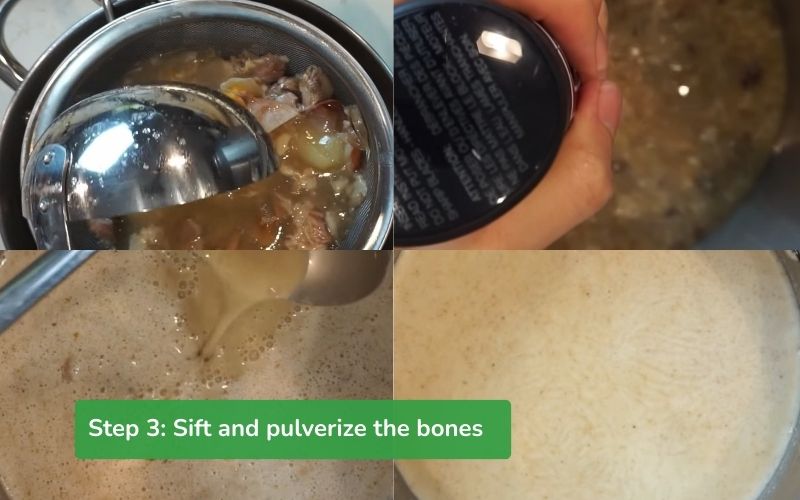
Step 4: Prepare the soy sauce mixture
- Prepare a clean pot and add: 550ml of shoyu soy sauce, 90ml of whiskey, 110ml of mirin, 110ml of sake, 32g of niboshi (dried sardines), 15g of kombu (kelp), 10g of katsuobushi (dried bonito flakes), 100g of wood ear mushrooms, 15g of sliced ginger, 3 cloves of sliced garlic, and 100g of halved shiitake mushrooms.
- Bring the mixture to a boil over medium heat.
- When the liquid boils, turn off the heat and let it cool completely.
- Let the soy sauce mixture sit overnight to allow the ingredients to infuse their flavors.
- The next day, strain the mixture to obtain the clear soy sauce.

Step 5: Blanch the ramen noodles
- Heat a pot of water and bring about 400ml of water to a boil.
- When the water boils vigorously, add the ramen noodles and blanch for about 3 minutes. The blanching time may vary depending on the type of noodles.
- Remove the noodles immediately and rinse quickly under cold running water to maintain their chewy texture.
- Drain the noodles completely before adding them to the bowl.
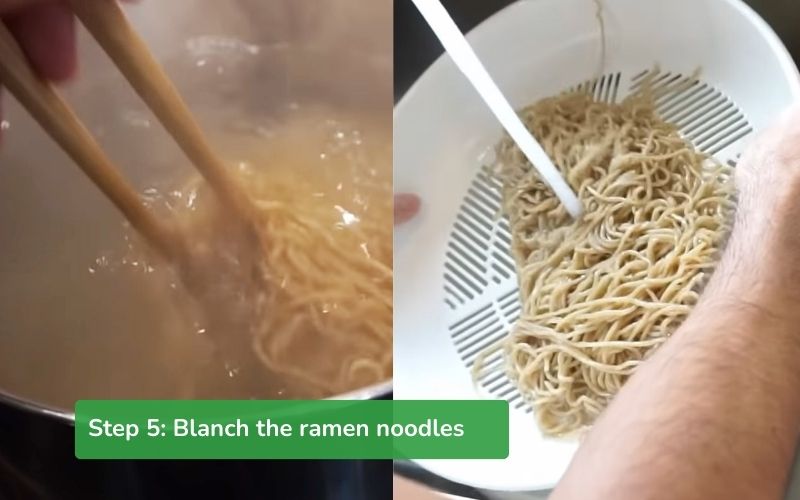
Step 6: Assemble the Tonkotsu ramen bowl
- Prepare a large bowl and add about 20ml of the prepared soy sauce, 200ml of hot Tonkotsu broth, 1 teaspoon of ground katsuobushi fish powder, a little chopped green onion, and a little thinly grated lemon zest to the bottom of the bowl for a fresh aroma.
- Add the blanched ramen noodles to another bowl.
- Finally, pour the prepared broth into the noodle bowl.
- If desired, you can garnish with a few slices of thinly sliced pork chashu and a piece of kombu to make the dish more appealing and complete.
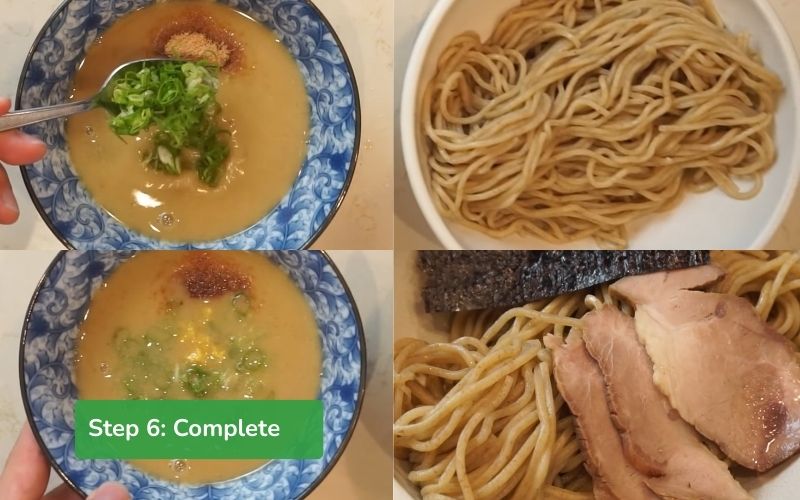
Where to enjoy delicious Tonkotsu Ramen?
If you are looking for a unique Japanese Tonkotsu Ramen culinary experience, don’t miss some of the following famous and reliable places:
Ichibanya Ramen
Details:
- Address: 8A/A1, Thai Van Lung, Ben Nghe, District 1, Ho Chi Minh City
- Phone: 0362 229 600
- Hours: 11:30 AM – 2:00 AM

Ichibanya Ramen is famous for its rich Yokohama-style ramen, especially the carefully simmered pork bone broth and chewy noodles. The highlight of the restaurant is the Tonkotsu Cuppuccino, a unique ramen variation with a creamy foam topping, similar to cappuccino, combined with a touch of spicy sauce to stimulate the taste buds. In addition, side dishes such as Japanese fried chicken and fried gyoza are also highly rated for their flavor and freshness.
Raku Ramen
Details:
- Address: 39 Nguyen Duy Hieu, Thao Dien Ward, Thu Duc City, Ho Chi Minh City
- Phone: 0888 615 338
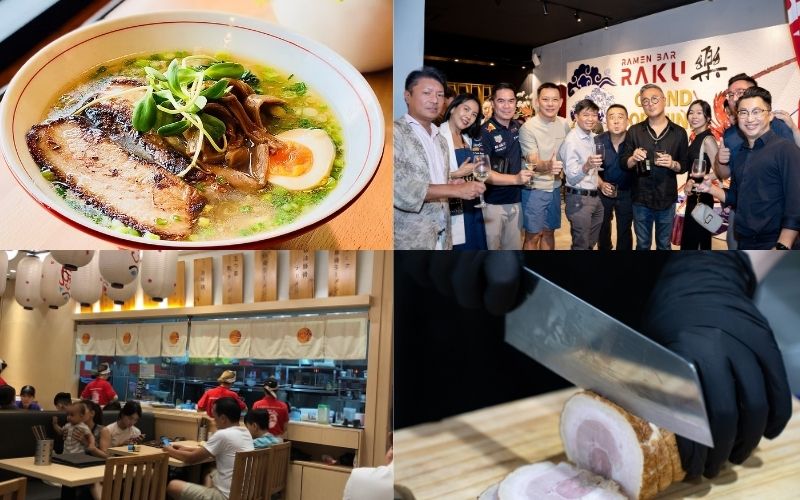
Raku Ramen attracts diners with its beautifully designed space and enthusiastic, attentive staff. The highlight of the restaurant’s menu is the Shrimp Favor Ramen, which scores points for its chewy noodles and sweet broth, simmered from chicken and pork bones and shrimp heads, with a thin layer of foam like cappuccino. Although not asked about saltiness preferences, the dish is still rated as well-seasoned and the broth is not too greasy.
Kohaku Udon & Ramen
Details:
- Address: B3-10C Vincom Dong Khoi, 72 Le Thanh Ton, Ben Nghe Ward, District 1, Ho Chi Minh City
- Phone: 0913 487 499
- Hours: 10:00 AM – 10:00 PM
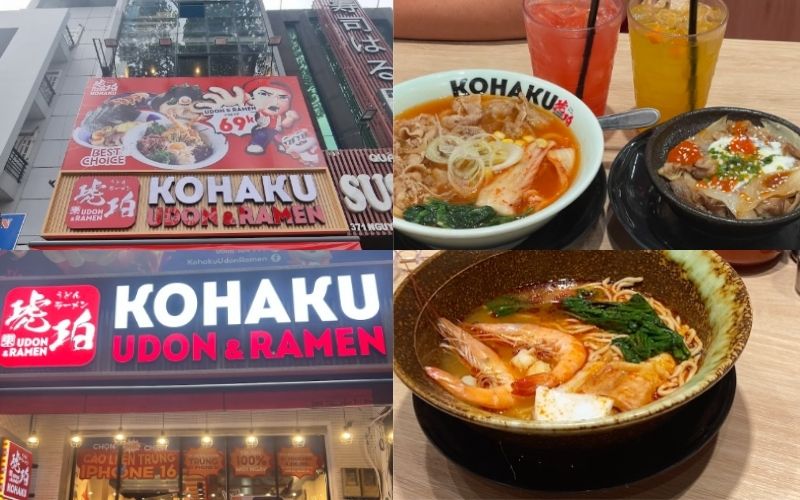
Kohaku Udon & Ramen is a Japanese restaurant chain with many branches in Ho Chi Minh City, located in central locations. The restaurant specializes in serving traditional Japanese dishes, especially udon and ramen made from fresh ingredients in Kyoto and Kyushu culinary styles. Currently, Kohaku Udon & Ramen is quickly gaining popularity with its chewy udon noodles, rich broth, and a variety of ramen flavors such as tonkotsu, miso, and shoyu.
Purchase authentic Japanese Tonkotsu Ramen ingredients at great prices at Kamereo
Kamereo is a strategic partner of the Gyomu Japan supermarket chain, providing a rich source of authentic Japanese domestic ingredients. As a pioneering technology-driven supplier, Kamereo always strives to simplify the food supply chain and optimize the procurement process for restaurants and eateries.
The diversity in the product catalog is one of the outstanding advantages of Kamereo. With more than 3000 items, from fresh and frozen food to beverage ingredients and specialized kitchen utensils, Kamereo fully meets all the needs of restaurants. Partnering with Kamereo also provides maximum convenience for F&B businesses, saving time and effort in the sourcing and ordering process.

The warehouse storage system with specialized cold and freezer rooms is equipped to preserve each type of product in the best condition. In addition, Kamereo applies a 3-layer quality control process to ensure that all products delivered to customers meet the most stringent standards of the F&B industry.
Kamereo’s difference from traditional suppliers also lies in the smart electronic invoice system integrated into the application. Businesses can easily control all purchase invoices transparently. VAT invoices are sent immediately after payment, helping to minimize document loss and expedite the financial reporting process.
In particular, Kamereo also supports orders until 12 midnight and promises fast delivery before 6 AM the next day. This contributes to ensuring the seamless operation of customers’ businesses.
Best-selling authentic Japanese domestic products at Kamereo:
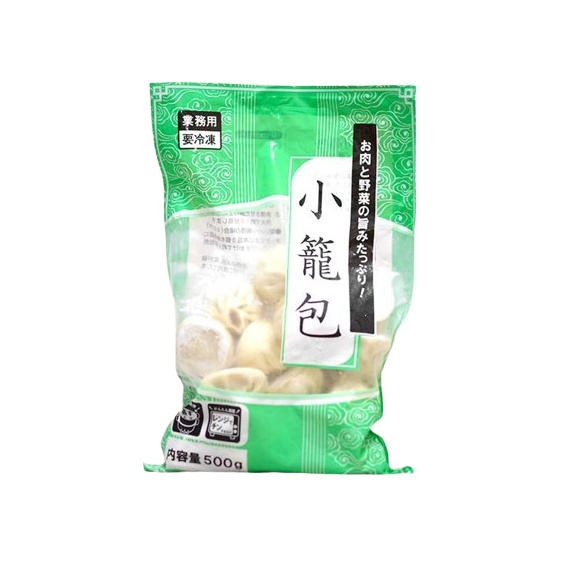
Frozen Soup Dumplings 500g
199,000đ/PACK
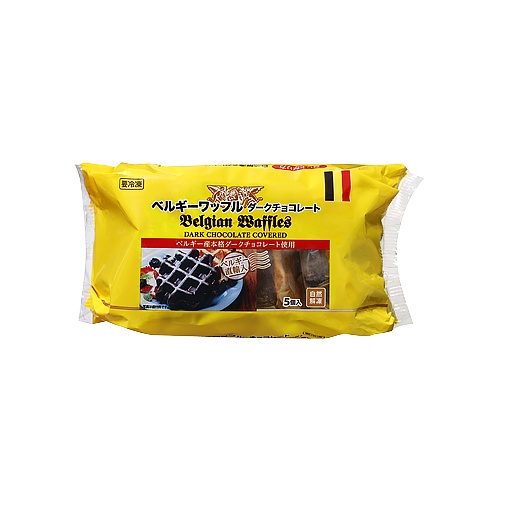
Belgian Frozen Waffle With Chocolate Flavor 300g
100,000đ/PACK
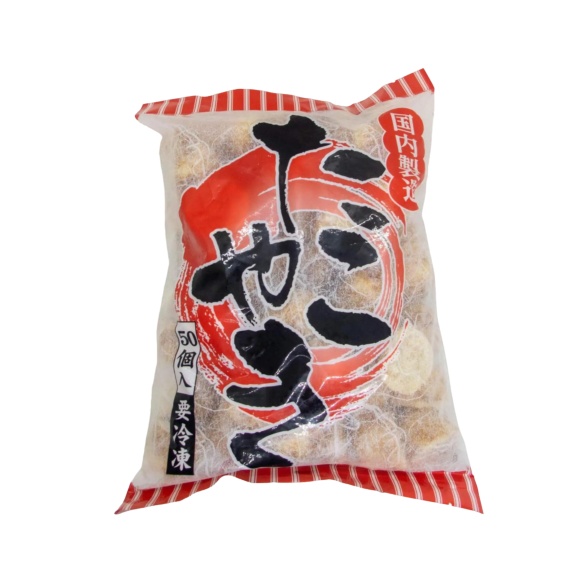
Frozen Takoyaki (Octopus Balls) 1kg
219,000đ/PACK
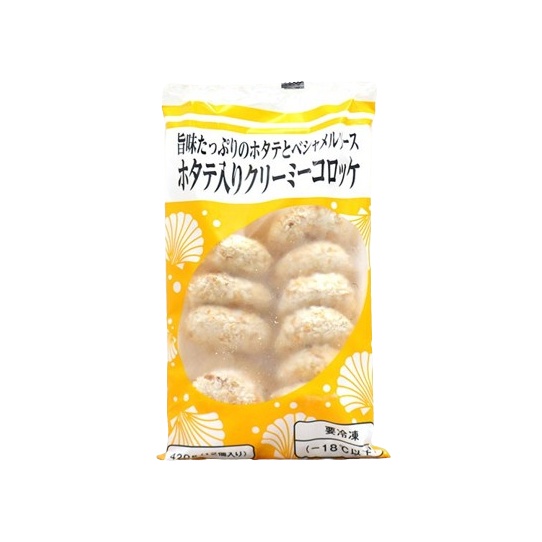
Frozen Fried Scallop Cakes With Cream Sauce 420g
175,000đ/PACK

Frozen Churros 500g
52,683đ/PACK
54,000đ/PACK

Frozen Strawberry Churros 500g
55,000đ/PACK
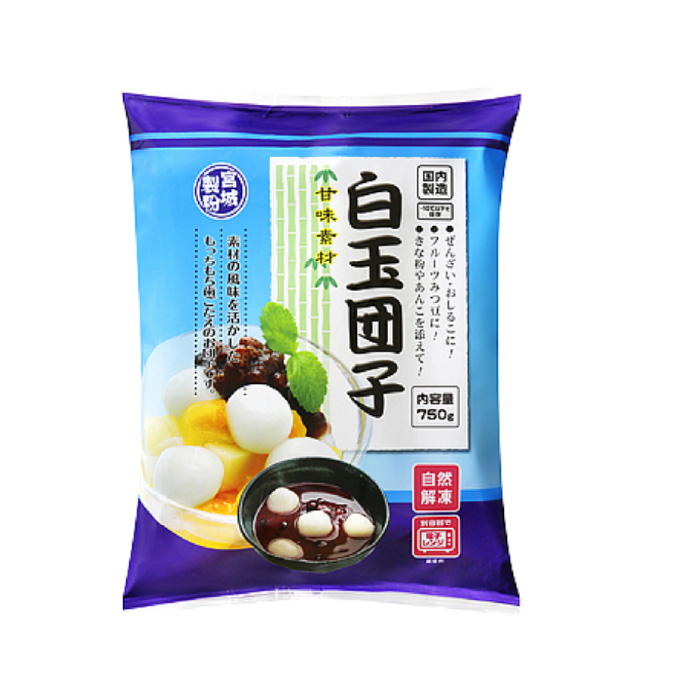
Frozen Shiratama Dango 750g
100,000đ/PACK
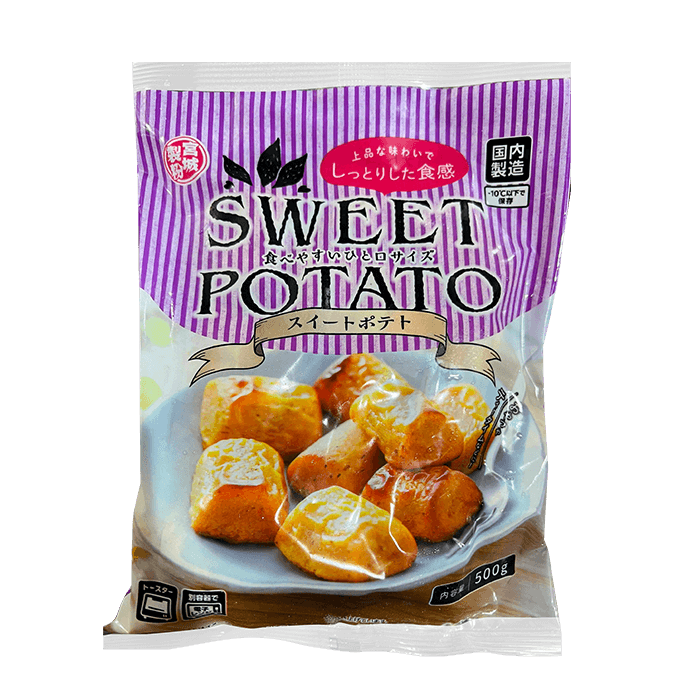
Frozen Sweet Potato Cake 500g
105,000đ/PACK
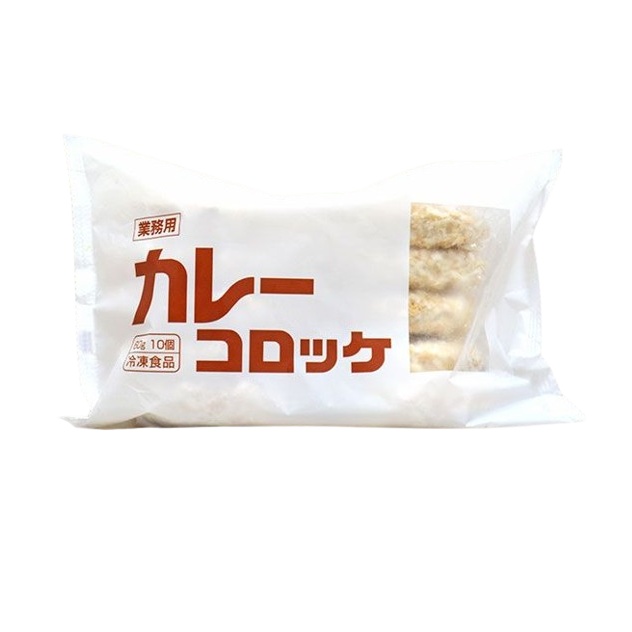
Korokke Frozen Curry Filled 600g
99,000đ/PACK
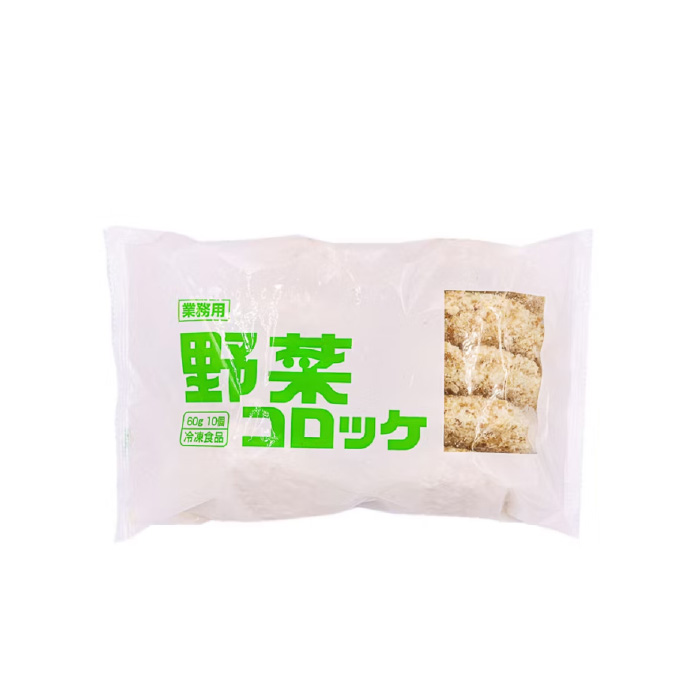
Frozen Vegetable Filled Korokke 600g
99,000đ/PACK
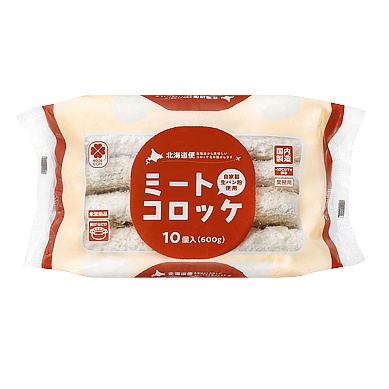
Frozen Meat Filled Korokke 600g
99,000đ/PACK
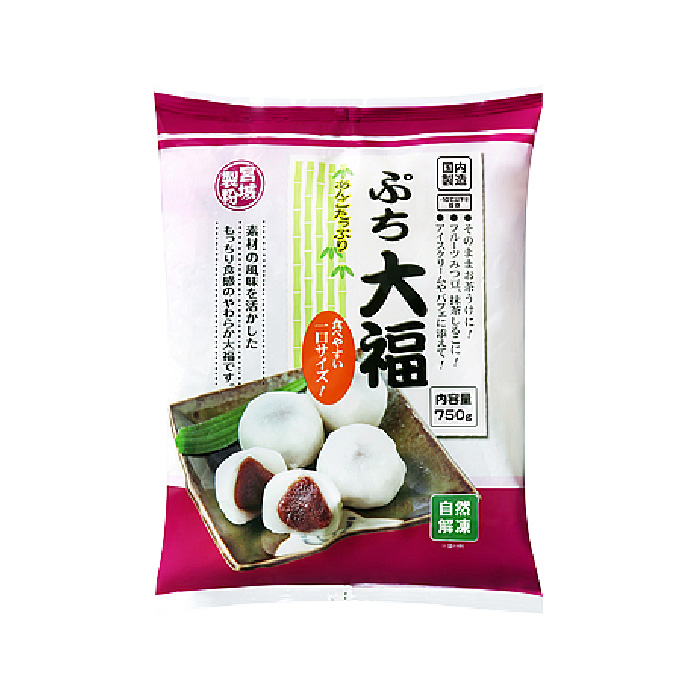
Frozen Daifuku Mochi 750g
115,000đ/PACK
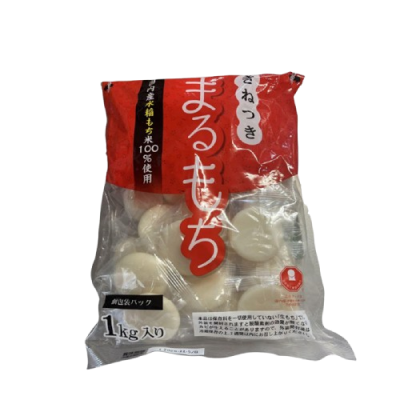
Maehara Seifun Dried Mochi 1kg
150,000đ/PACK
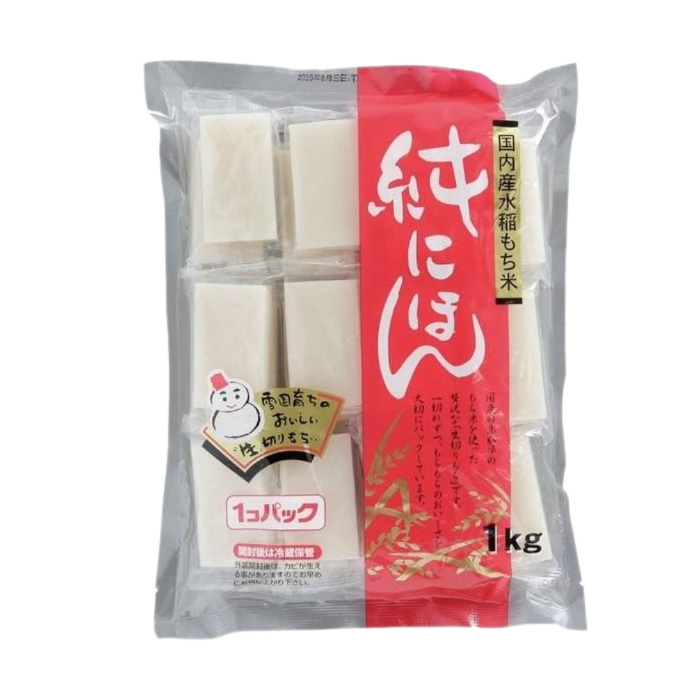
Original Flavour Mochi 1kg
145,000đ/PACK
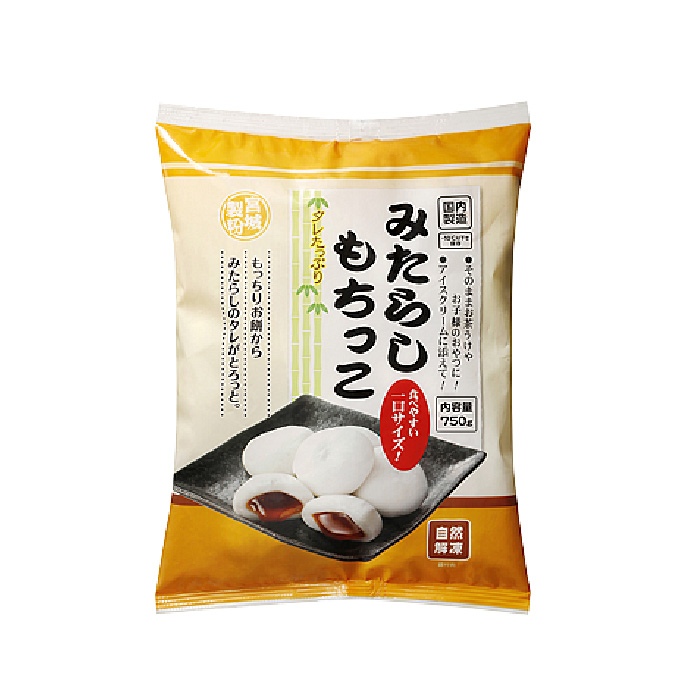
Frozen Mochi With Mitarashi Sauce Filling 750g
115,000đ/PACK
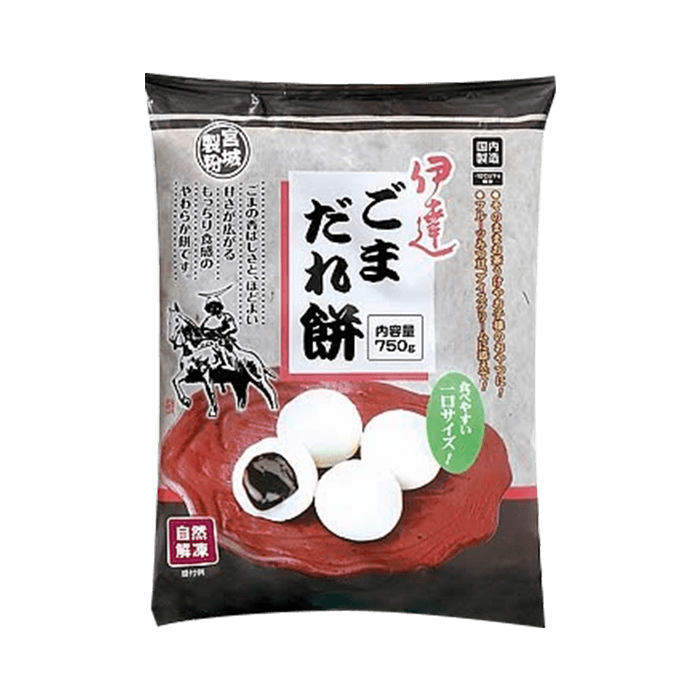
Frozen Sesame Filling Mochi 750g
115,000đ/PACK
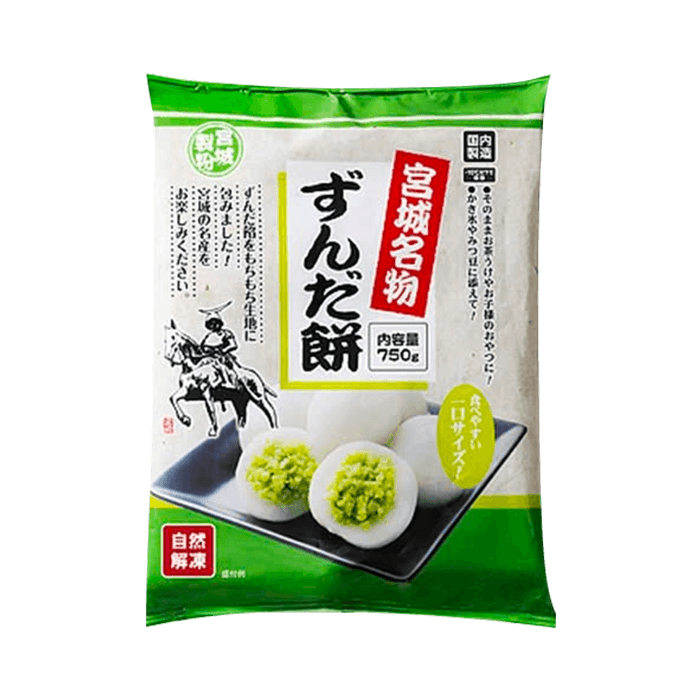
Frozen Green Bean Mochi 750g
115,000đ/PACK
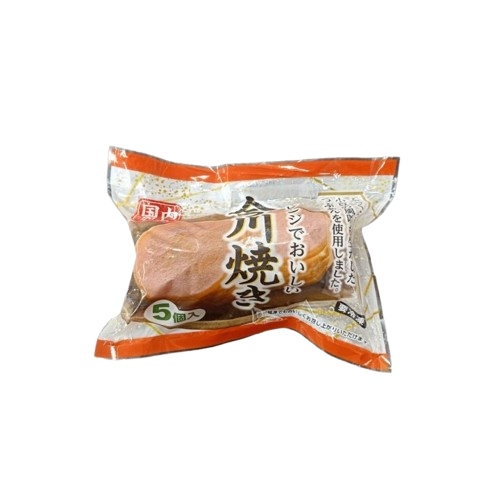
Imagawa Frozen Yaki With Red Bean Filling 400g
98,000đ/PACK

Frozen Fried Shrimp Cakes 400g
185,000đ/PACK
Conclusion
Hopefully, through the above sharing, readers have gained more knowledge about Tonkotsu Ramen and can confidently make it themselves or find a suitable restaurant. At the same time, to get genuine Japanese, quality, and fresh ingredients, come to Kamereo. In addition, don’t forget to follow the Food and Lifestyle section to update more cooking recipes and other interesting tips!
See more:




